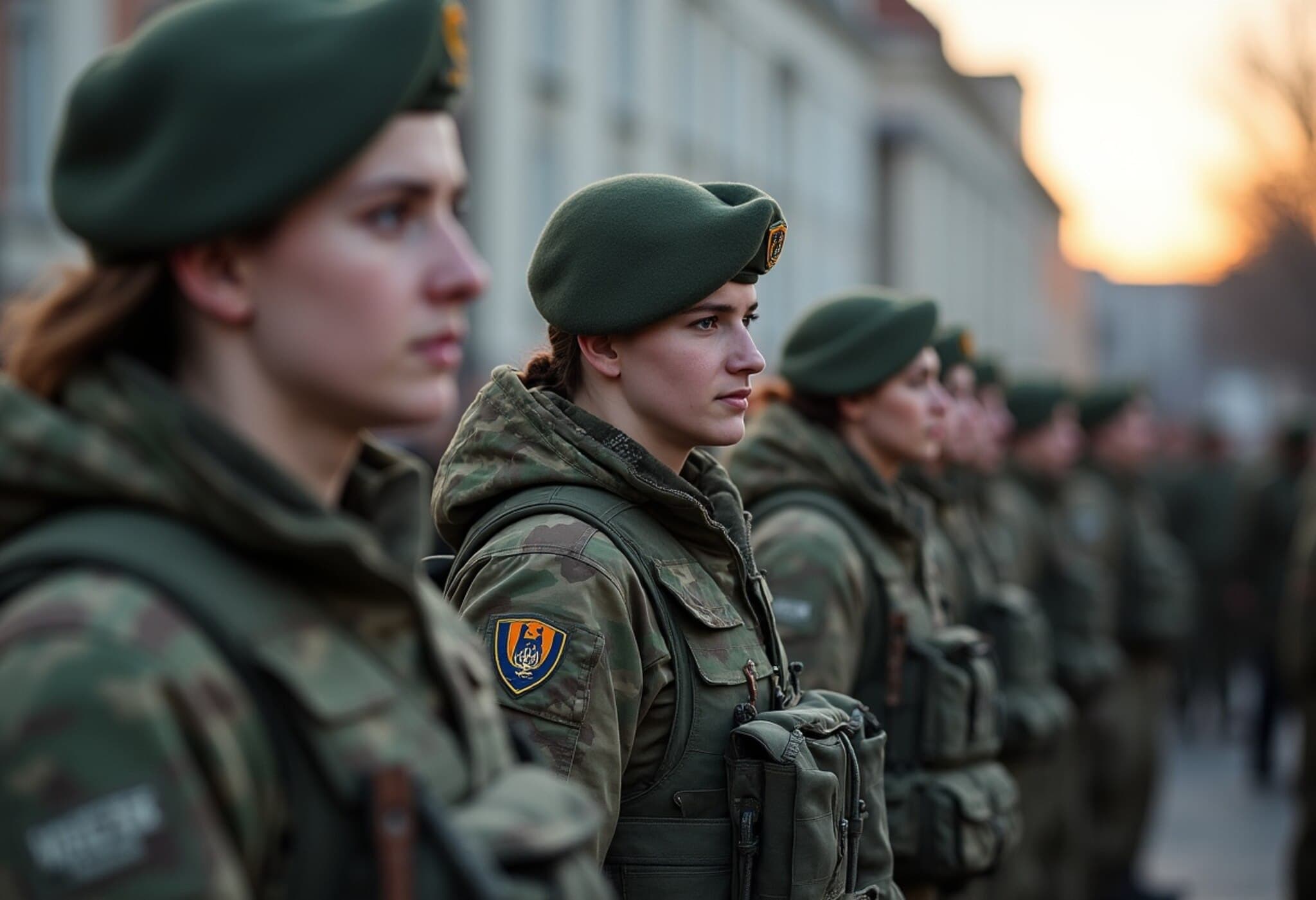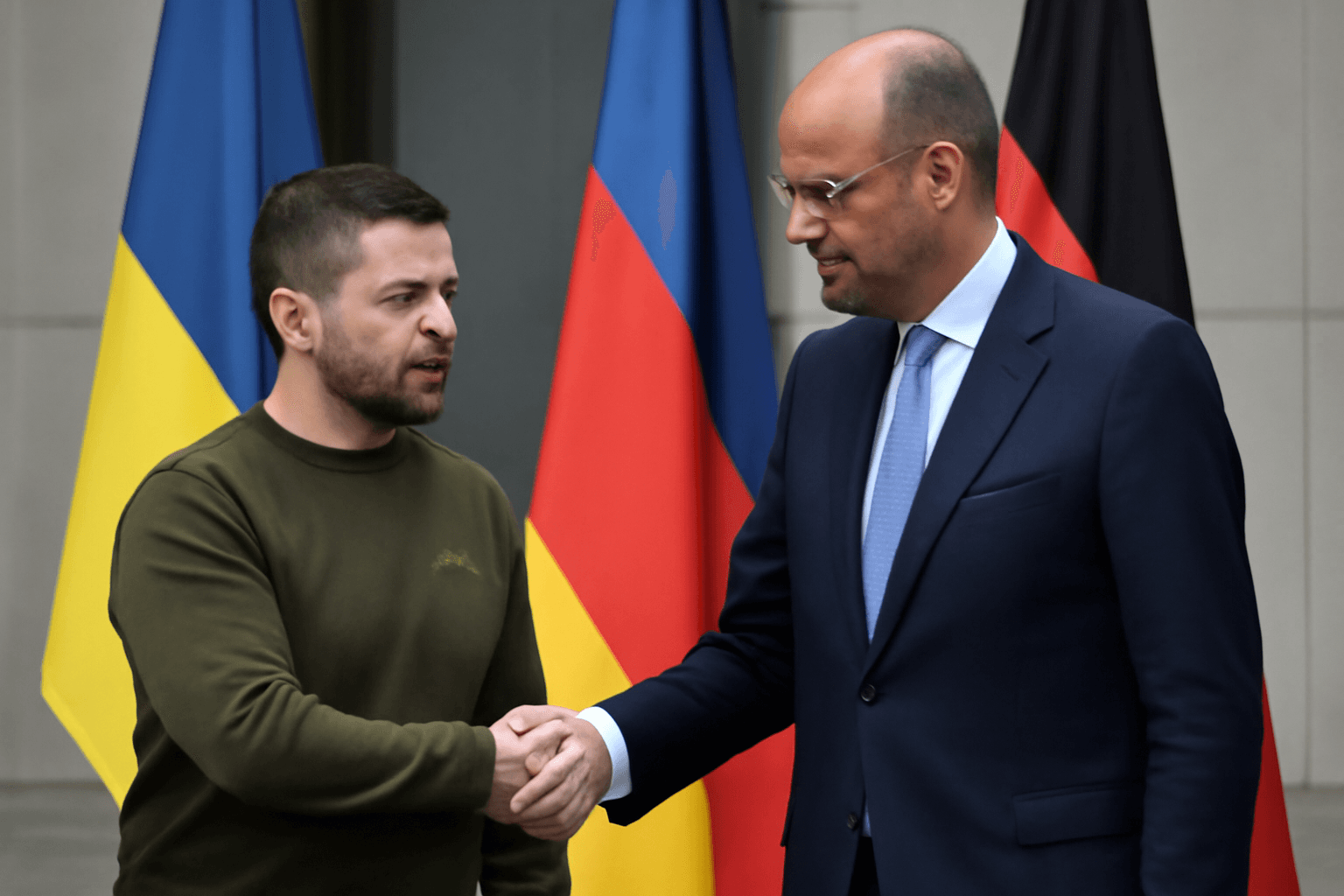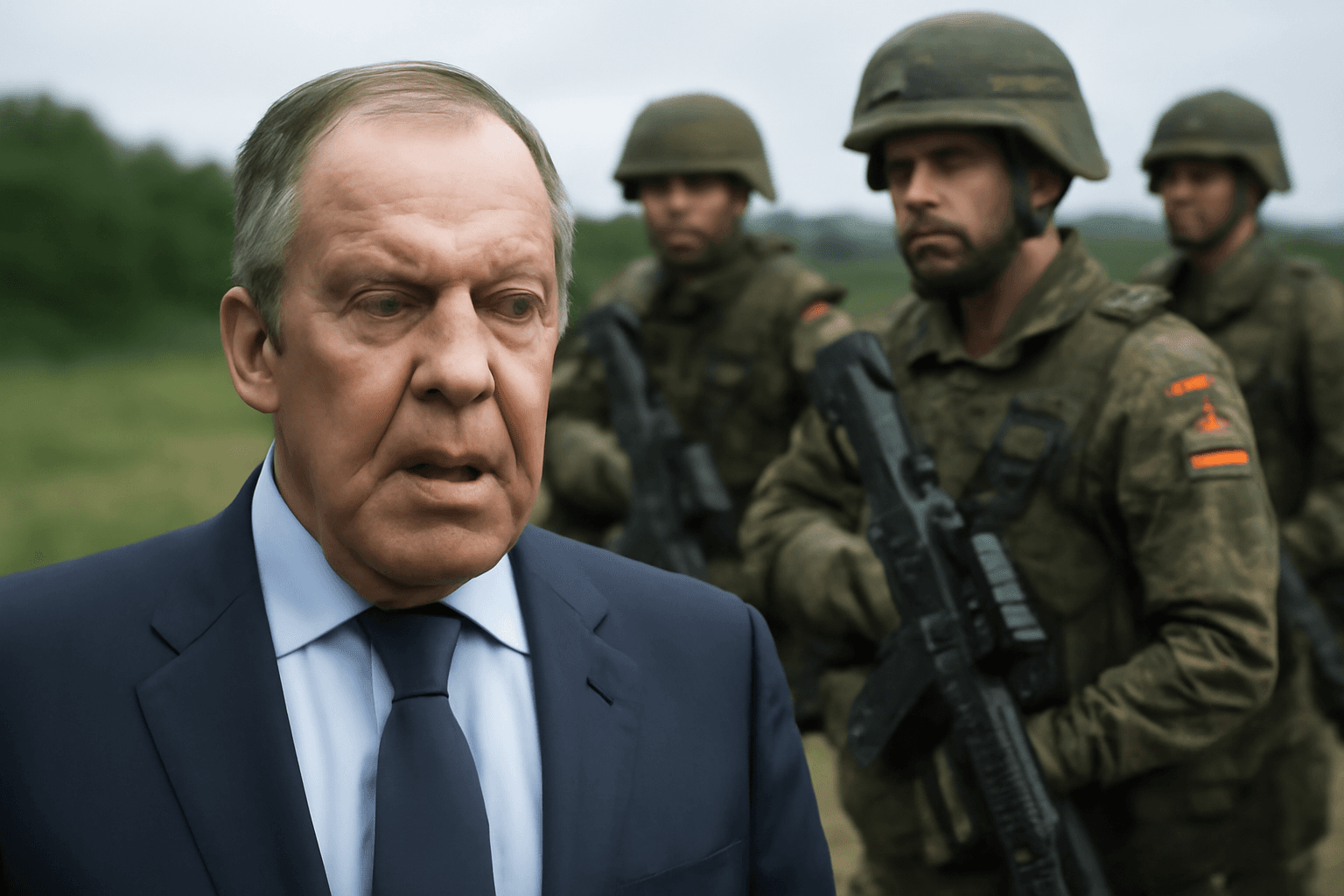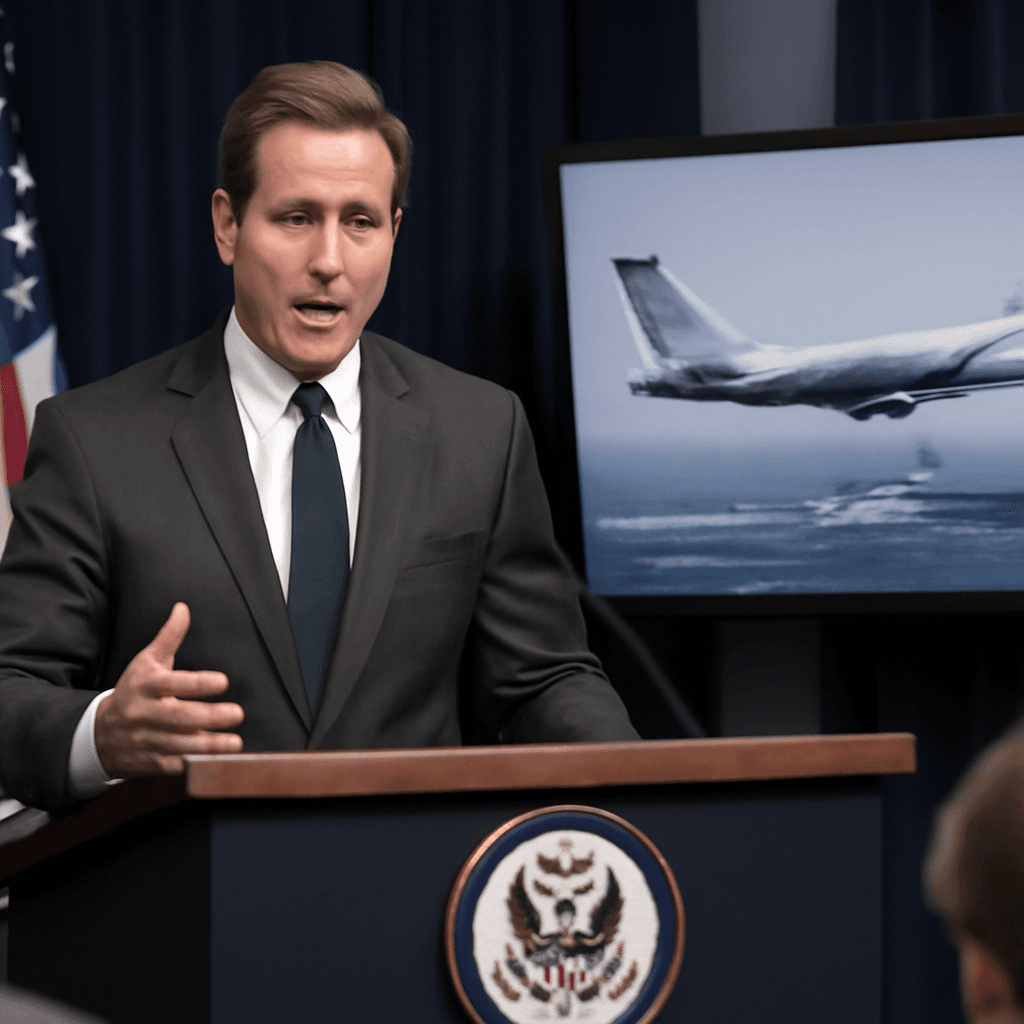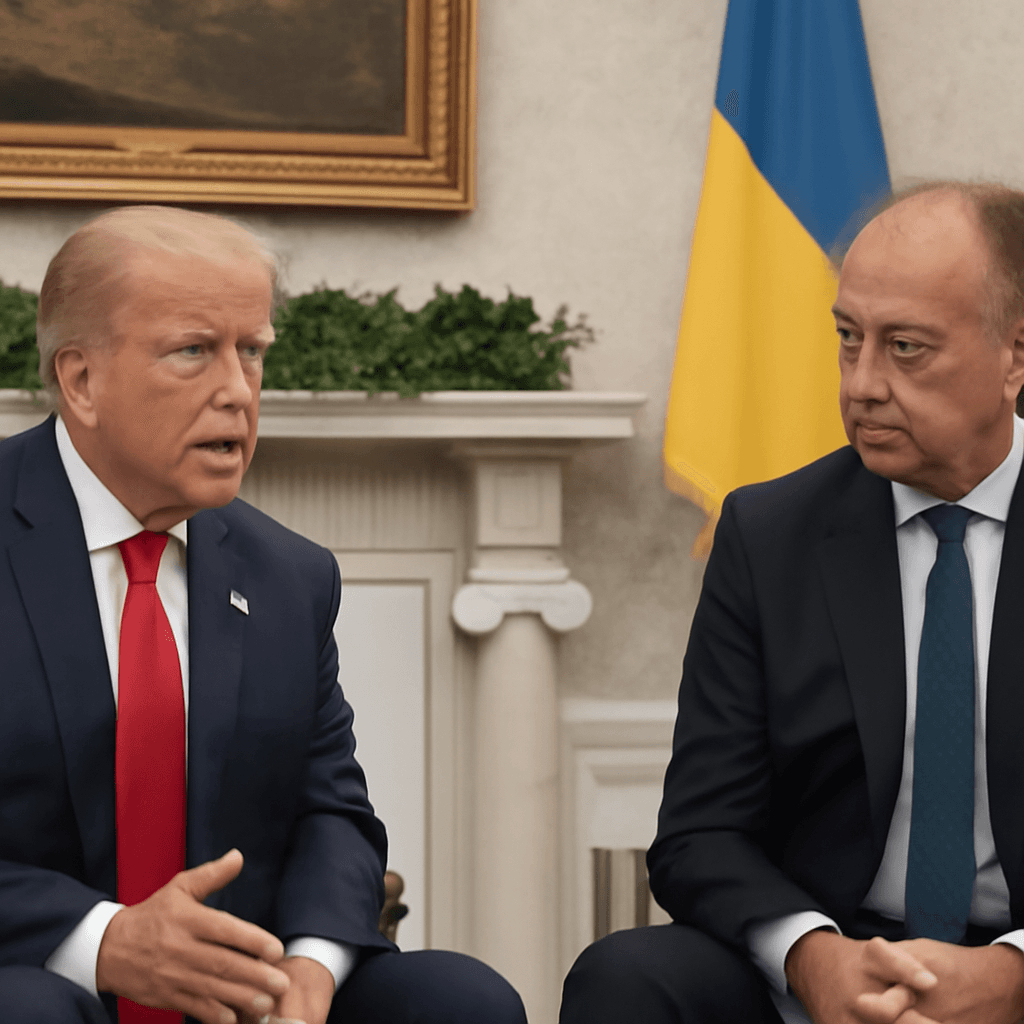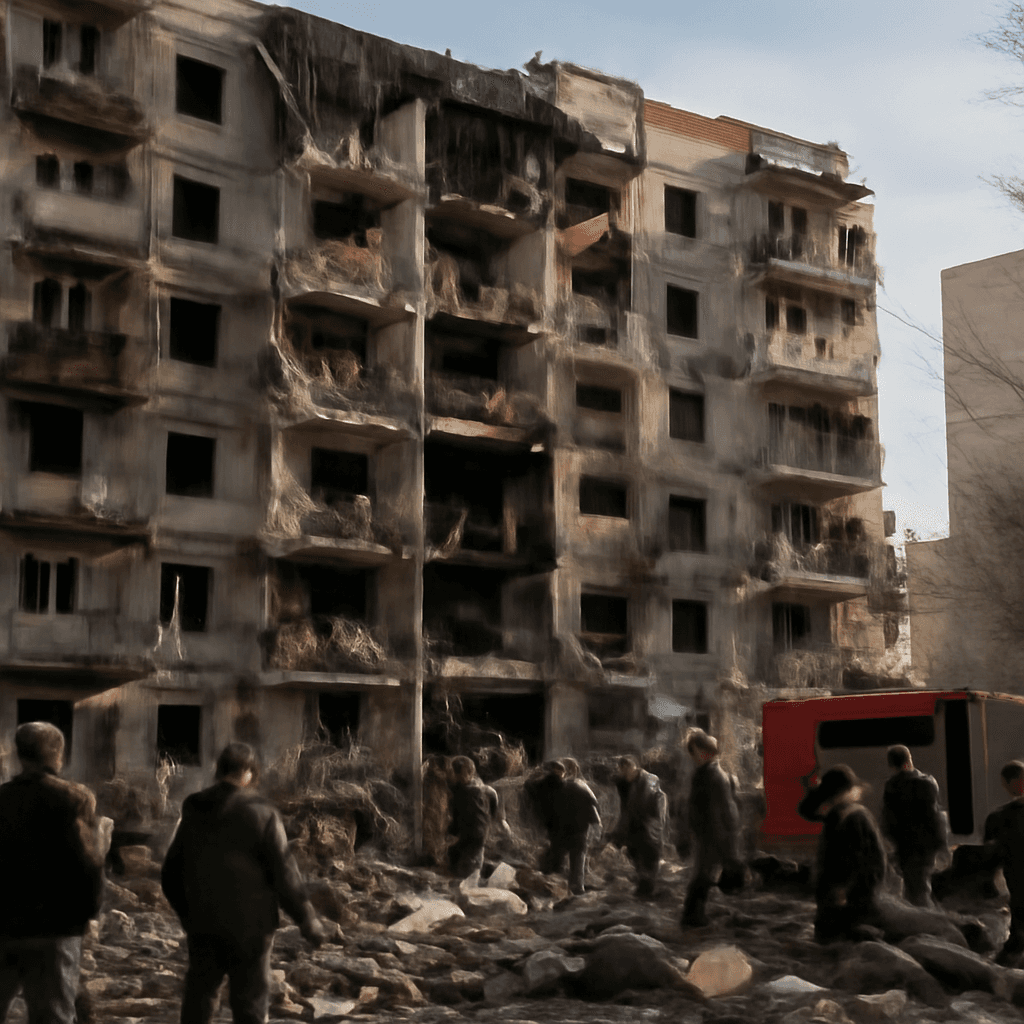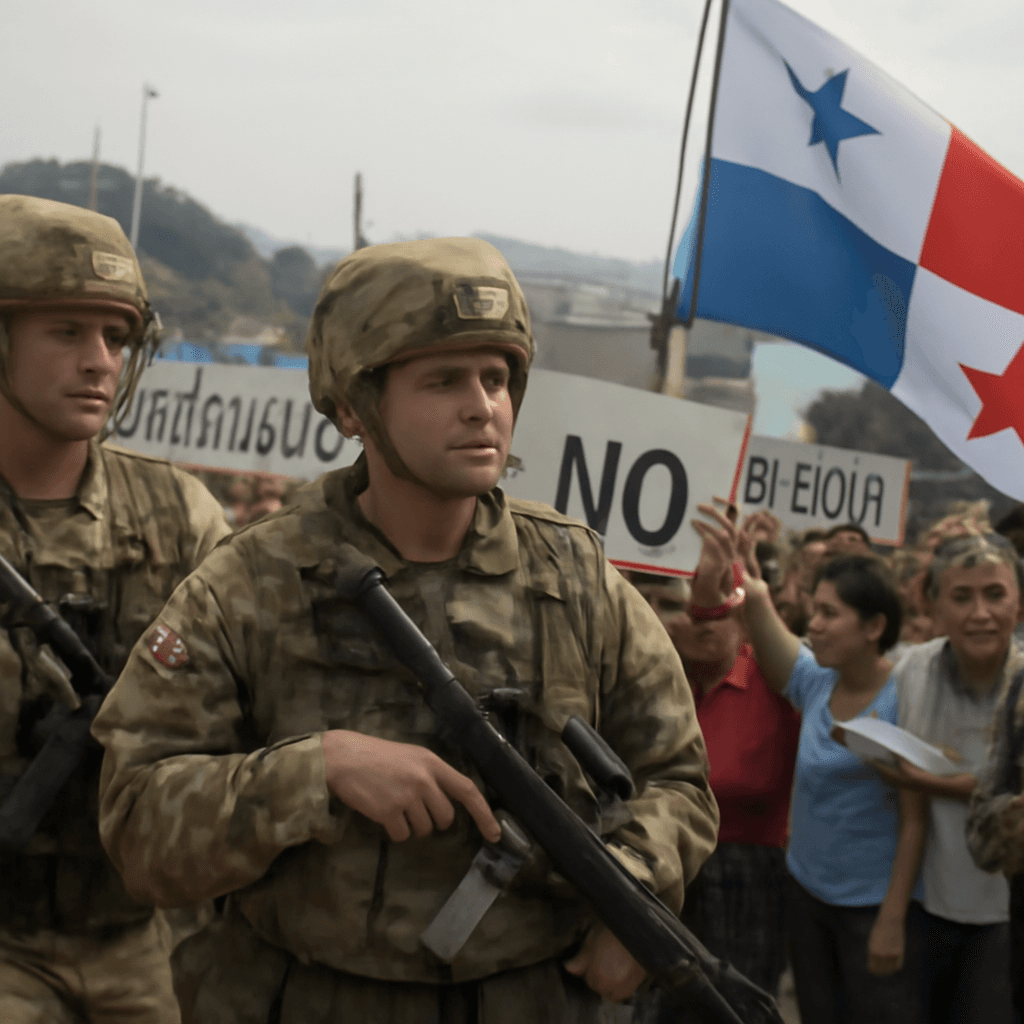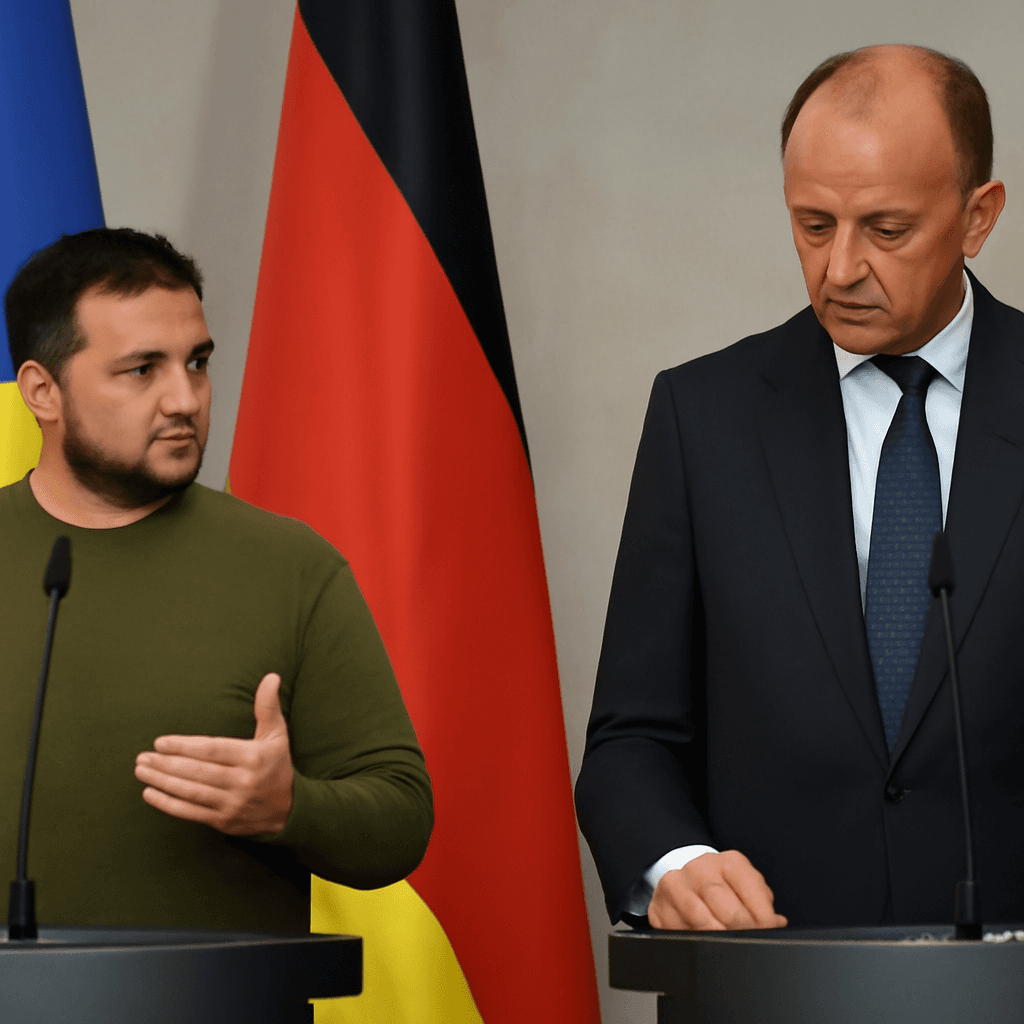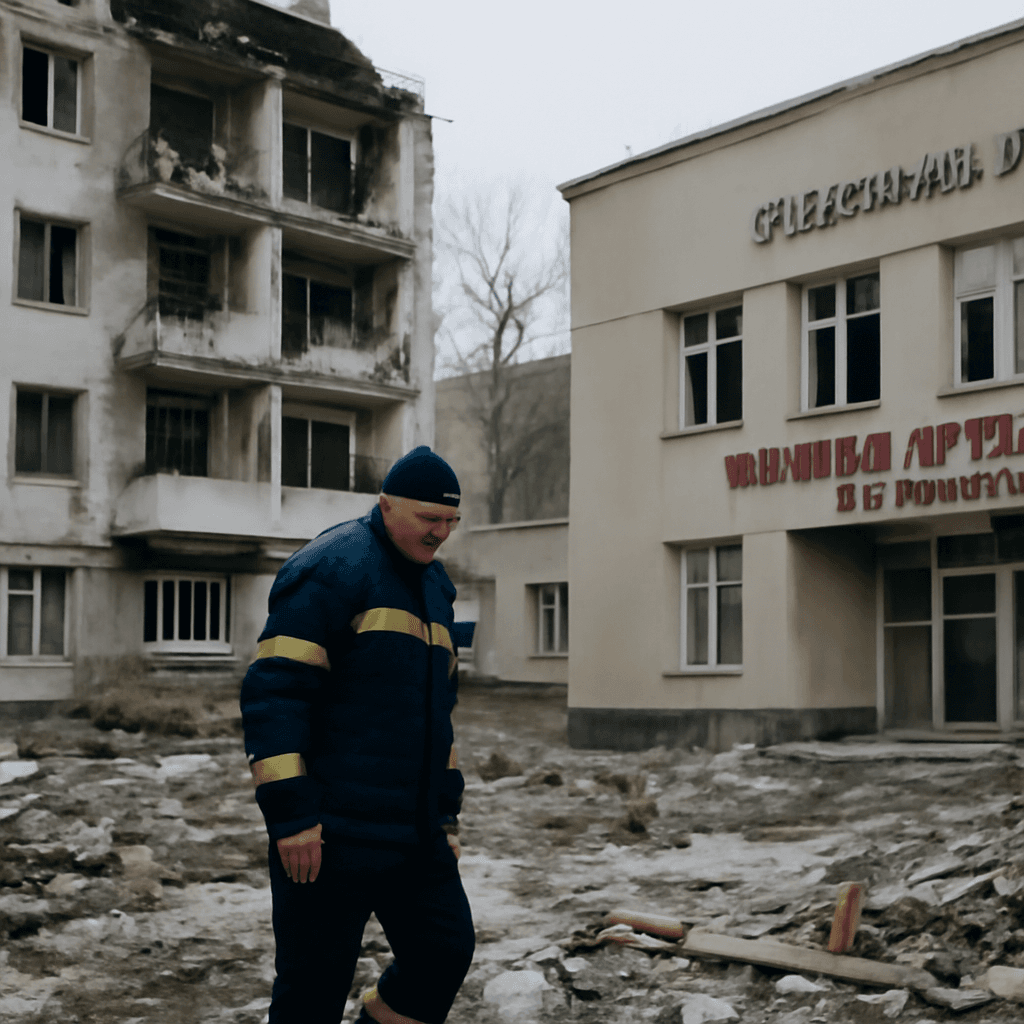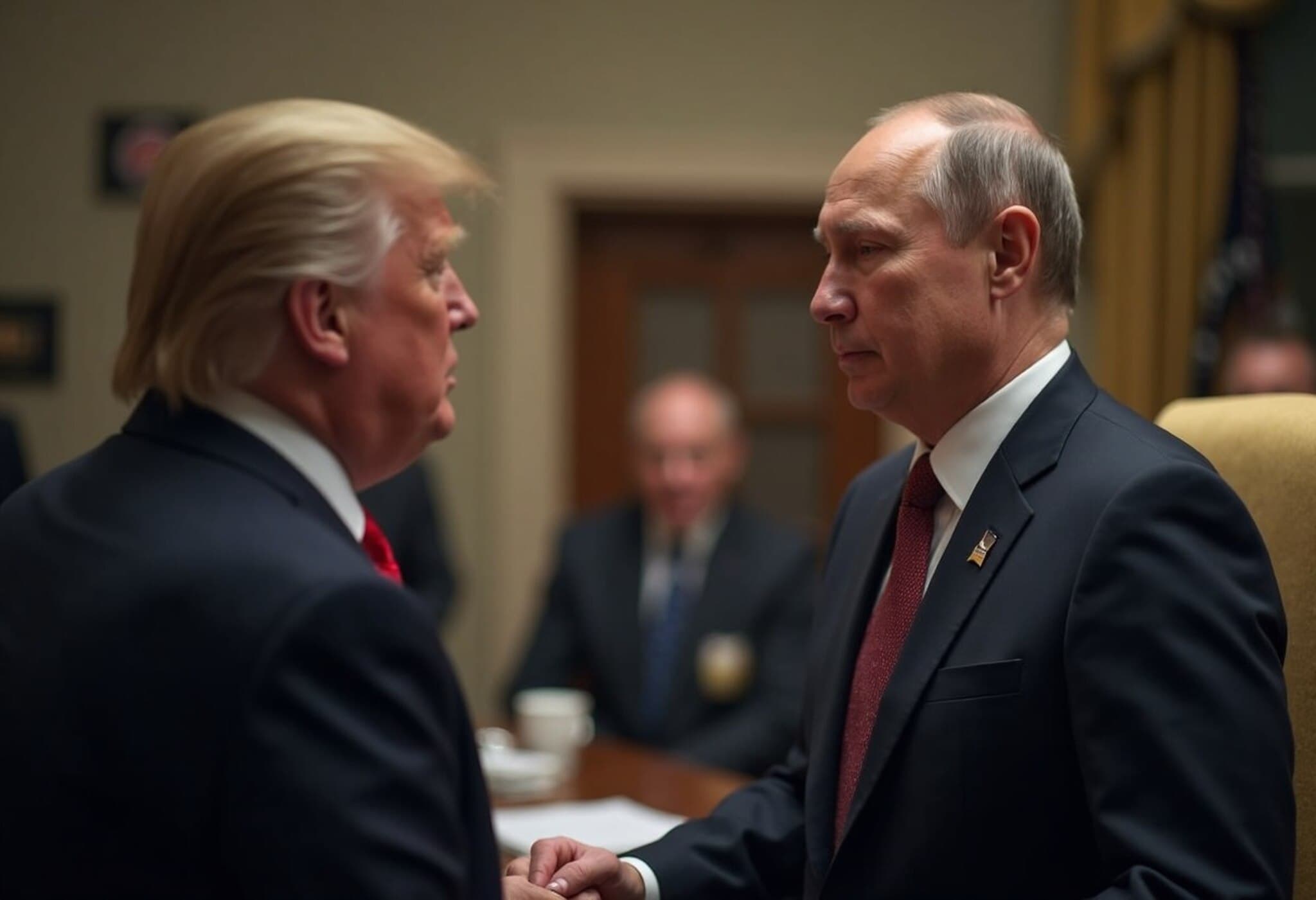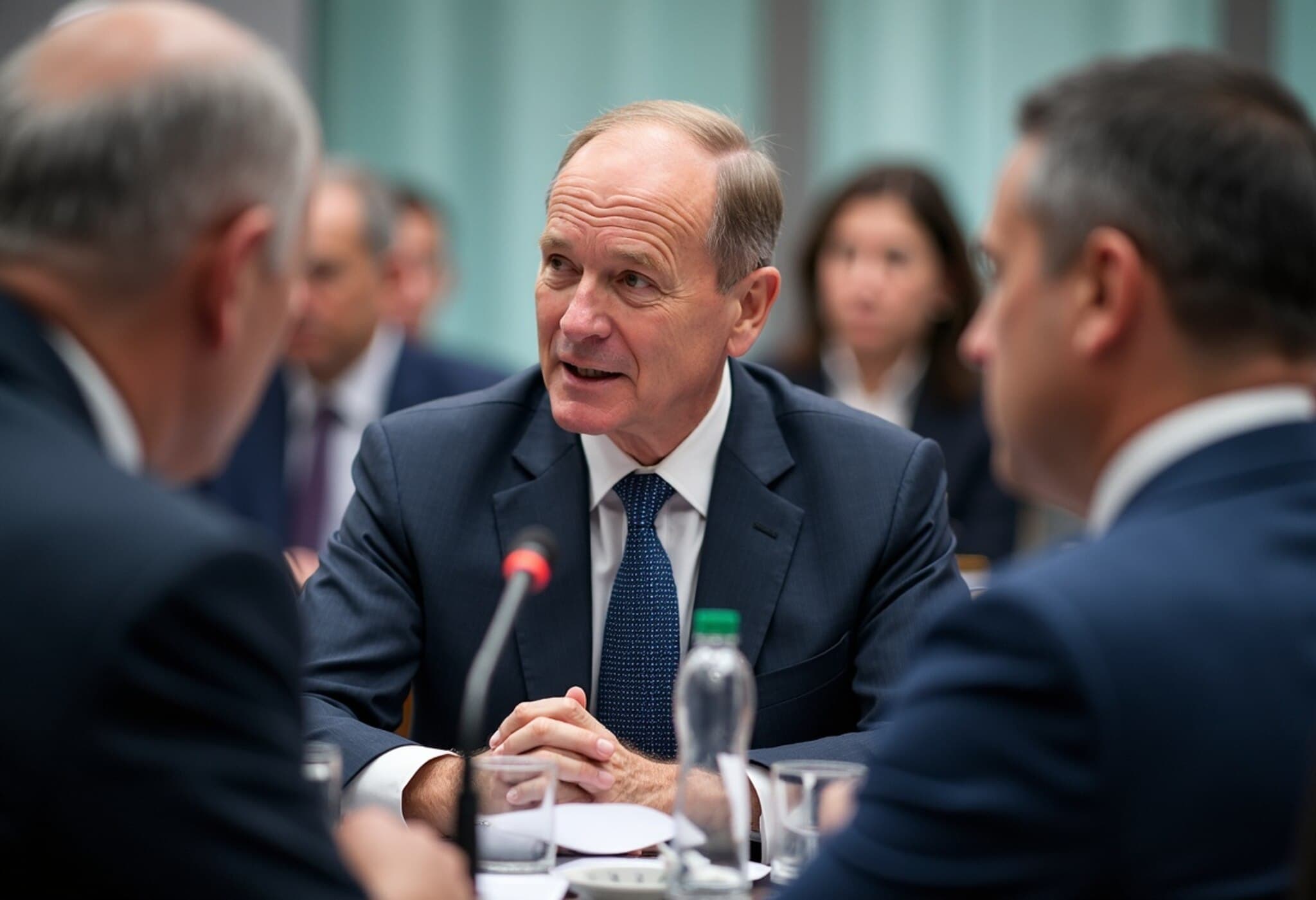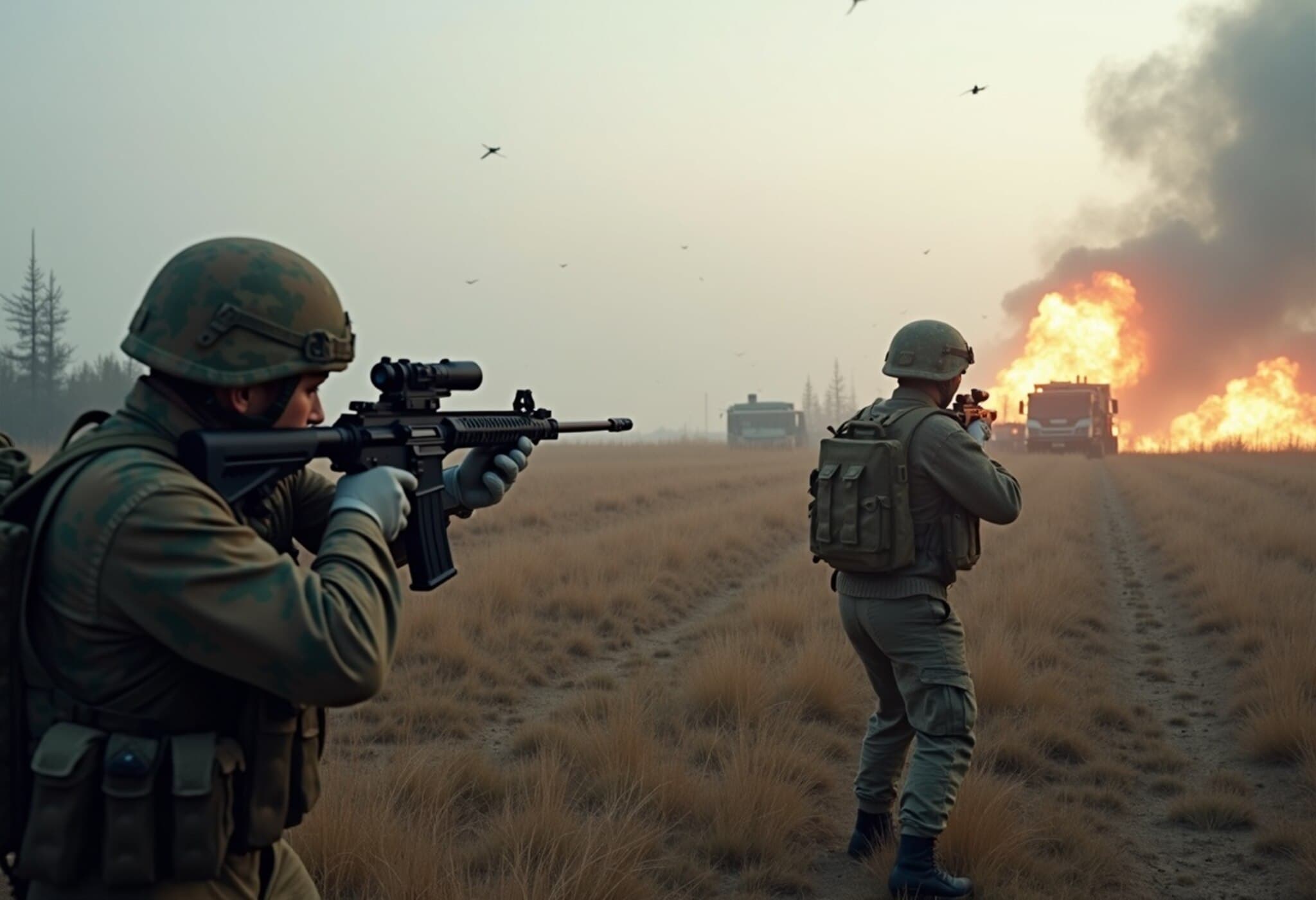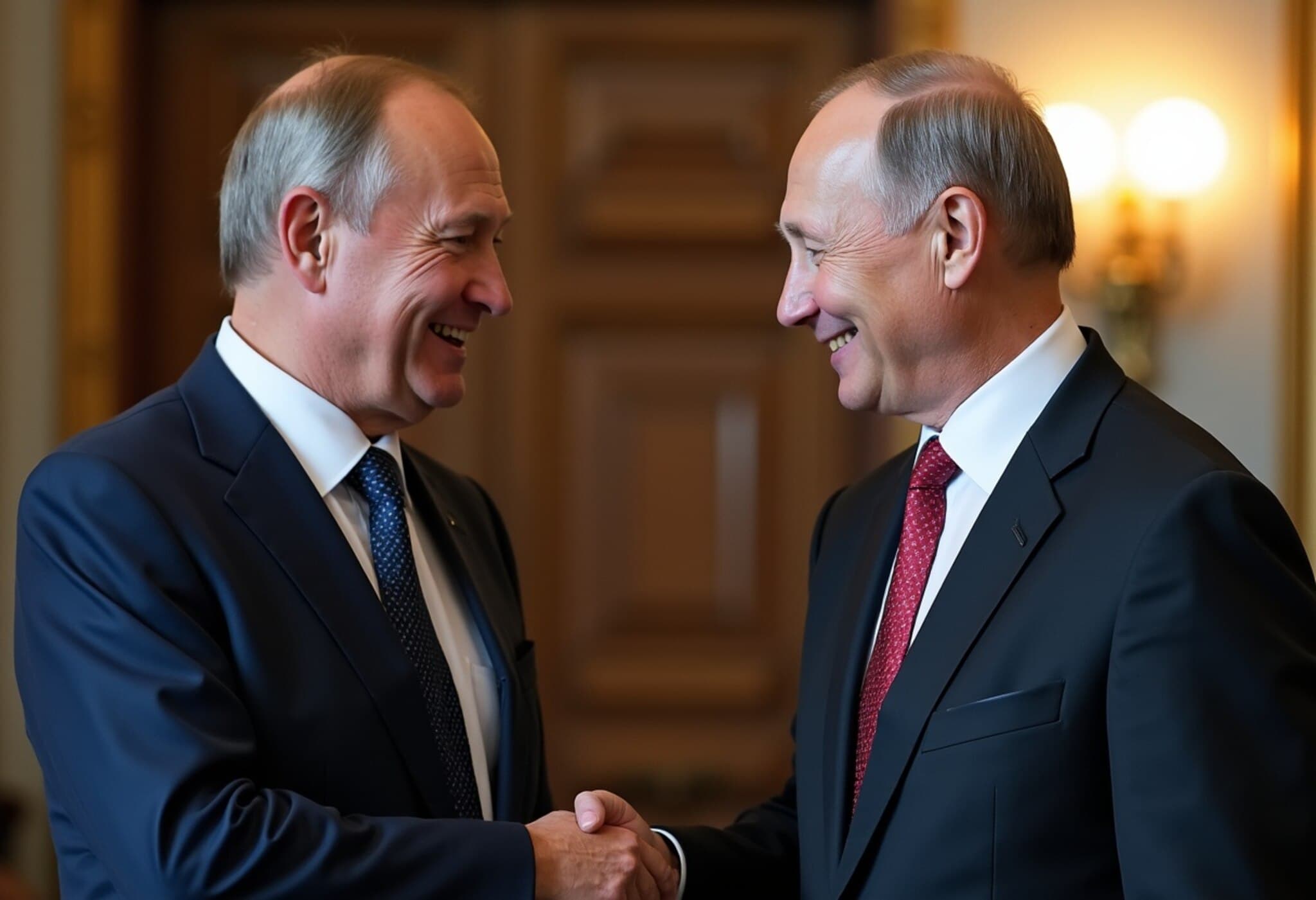Growing Resistance to Ukraine's Military Draft
At a sold-out concert in Kyiv, as the beloved Ukrainian rock band Okean Elzy rallied the crowd with patriotic anthems, a darker reality unfolded just beyond the spotlight. Police in dark blue uniforms began detaining young men, forcibly removing some from the crowd despite their protests. This disturbing scene, captured and shared widely on social media, paints a stark picture of Ukraine’s escalating struggle to mobilize enough soldiers amid mounting war fatigue.
The Human Cost of Prolonged Conflict
Since Russia’s full-scale invasion in early 2022, initial outpourings of voluntary enlistment have waned considerably. Where tens of thousands once eagerly stepped forward, now exhaustion, fear, and uncertainty drive many men to evade the draft — some desperately, others with outright defiance. Scenes from cities like Poltava, Kremenchuk, and Vinnytsia reveal civilians blocking conscription vehicles and confronting military recruiters, highlighting growing domestic resistance.
Legal and Social Backlash
In 2023 alone, Ukrainian courts prosecuted 1,274 individuals for draft evasion, with 60 handed prison sentences, underscoring the government’s harsh response. Moreover, more than 3,500 formal complaints about conscription abuses were filed in 2024 according to Ukraine’s human rights ombudsman, Dmytro Lubinets, with over 50 recruiters charged with criminal offenses. These developments reveal a judiciary and law enforcement apparatus stretched to impose conscription compliance amidst rising public discontent.
Military Manpower Crisis Deepens
Experts and military leadership openly acknowledge the critical shortage of personnel. The Center for European Policy Analysis estimates Ukraine needs up to 500,000 additional troops to hold the front lines. General Kyrylo Budanov, military intelligence chief, admitted that all reserves have been deployed. Analysts warn that new recruits will take months to train, slowing the reinforcement tempo even as Western weapons shipments increase.
In stark contrast to Russia’s monthly mobilization of 30,000 troops, Ukraine’s recruitment reportedly stands at just 5,000 to 6,000 monthly. The result: soldiers like Pavlo Palisa of the 93rd Separate Mechanised Brigade are forced to carry the burden of several men at once. Many enlisted Ukrainians are middle-aged or older, with families—underscoring the heavy sacrifices borne by the population.
Policy and Morale Challenges
President Volodymyr Zelensky's refusal to lower the frontline conscription age below 25 has become a point of contention, particularly given the urgent need for manpower. The U.S. government, meanwhile, advocates for expecting defense from the age of 18, illustrating a disconnect on policy directions.
Moreover, many Ukrainians feel disillusioned by indefinite conscription terms tied to the ambiguous duration of martial law. Early reform efforts to limit service lengths to 36 months were stalled due to military concerns over losing experienced troops, prolonging uncertainty for conscripts.
Unequal Draft Exemptions and Corruption Risks
Exemptions for men caring for disabled relatives or multiple children, as well as those with critical professional skills, have fostered resentment. Allegations of bribery and forged documents to sidestep service have emerged, eroding trust and feeding public frustration.
A June 2024 poll found that nearly half of Ukrainians no longer view draft evasion as shameful — a dramatic shift from the early patriotic fervor, signaling broad societal fatigue with the war effort.
Privacy Concerns and Eroding Rights
Martial law suspends constitutional protections like freedom of movement and education. Ukrainian men pursuing higher education now face conscription pressures, and a newly mandated database collecting personal information has sparked criticism for potential privacy violations.
Russia’s Propaganda and Sabotage Strategy
Recognizing Ukraine’s manpower shortage as a strategic vulnerability, Kremlin-backed channels amplify videos of forced conscription to sow panic. Russian sabotage targets recruitment centers, while disinformation campaigns aim to deepen internal divisions—a tactic underscoring the hybrid nature of modern warfare impacting Ukraine.
Expert Insight
Franz-Stefan Gady of the Center for a New American Security observes that the Kremlin's understanding of Ukraine’s shortcomings in troop strength directly informs its operations, seeking to exploit thinning lines and create opportunities for breakthroughs.
The Road Ahead: Balancing Manpower Needs and Public Will
Ukraine faces an unprecedented test: sustaining the fight for national survival while grappling with declining volunteerism, rising draft resistance, and the complex realities of a protracted war. The government’s challenge will be to reconcile military imperatives with public sentiment, addressing concerns over fairness, duration, and the human costs of conscription.
Key Questions Moving Forward
- How can Ukraine motivate conscription without exacerbating public alienation?
- What reforms might balance frontline needs with protections for vulnerable populations?
- Can international partners do more to ease manpower pressures beyond weapons aid?
- How might Ukraine counter Russian propaganda effectively within its own borders?
Editor’s Note
As the war grinds into its third year, Ukraine’s conscription crisis reveals deeper societal fractures wrought by prolonged conflict. The tension between national defense requirements and citizens’ rights and well-being calls for nuanced policy responses. This evolving situation demands continued scrutiny—not only of military tactics but also of the human realities behind the headlines. For readers, it invites reflection on the sacrifices war demands and the complexities of sustaining national resolve under immense pressure.

